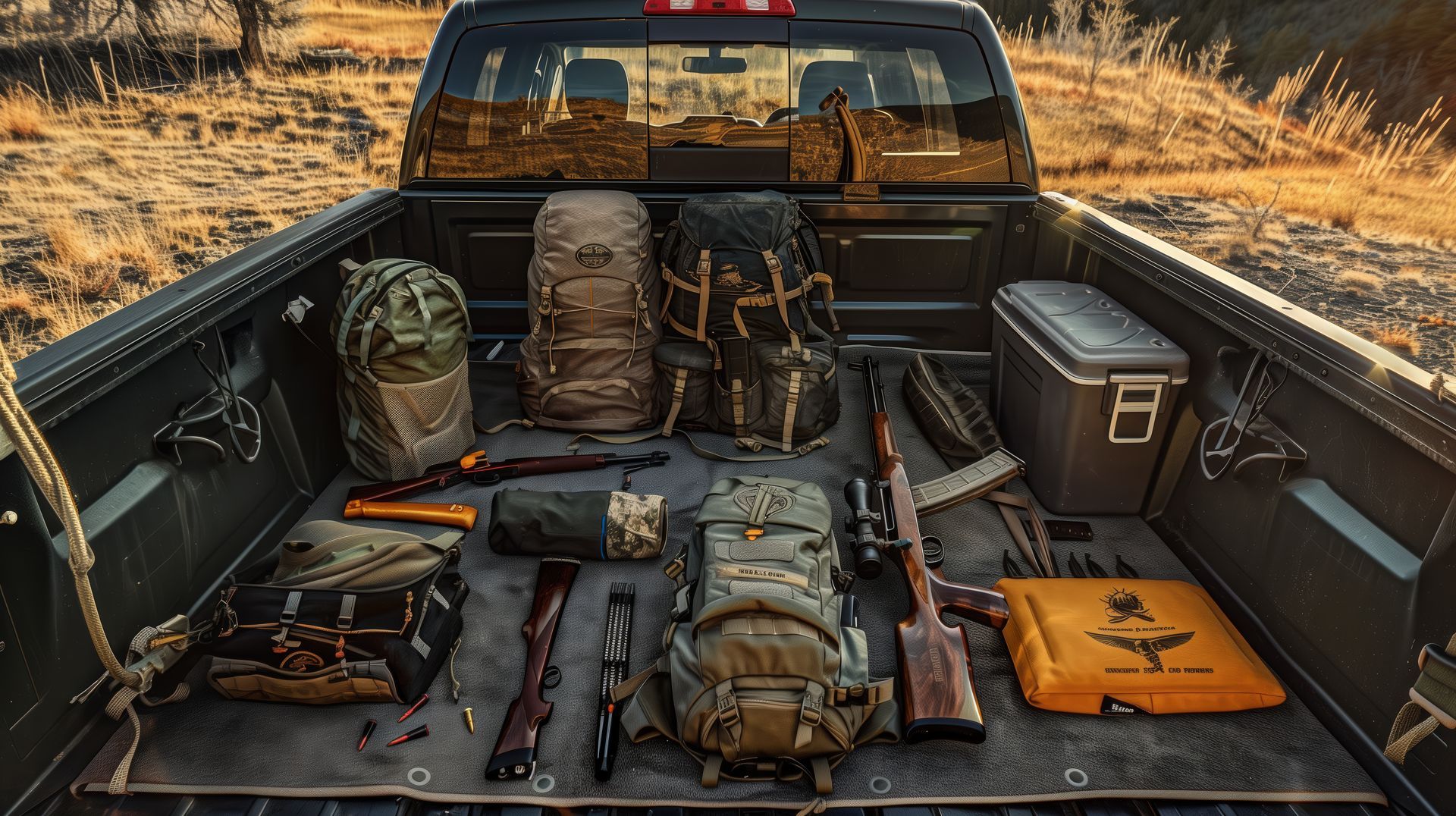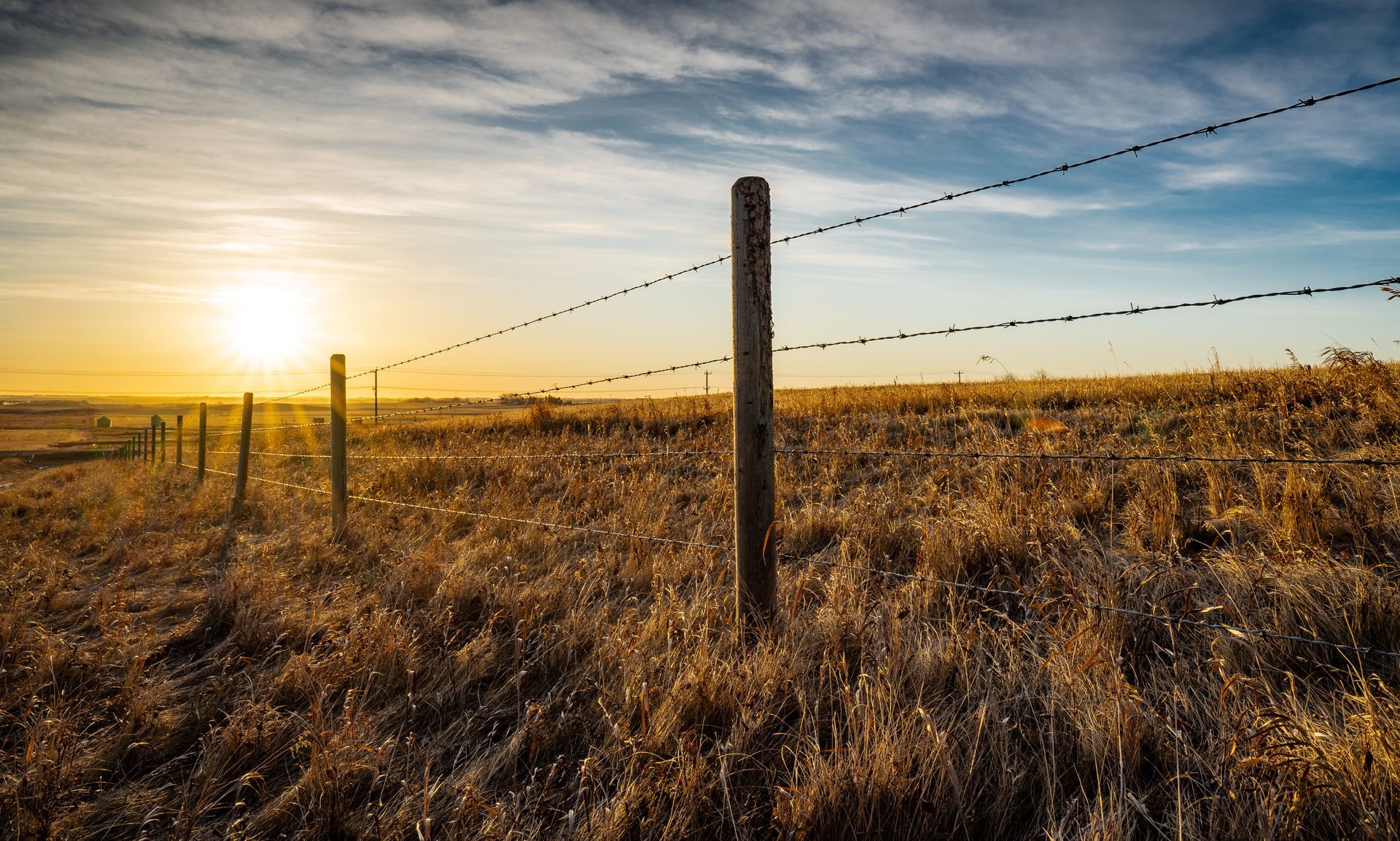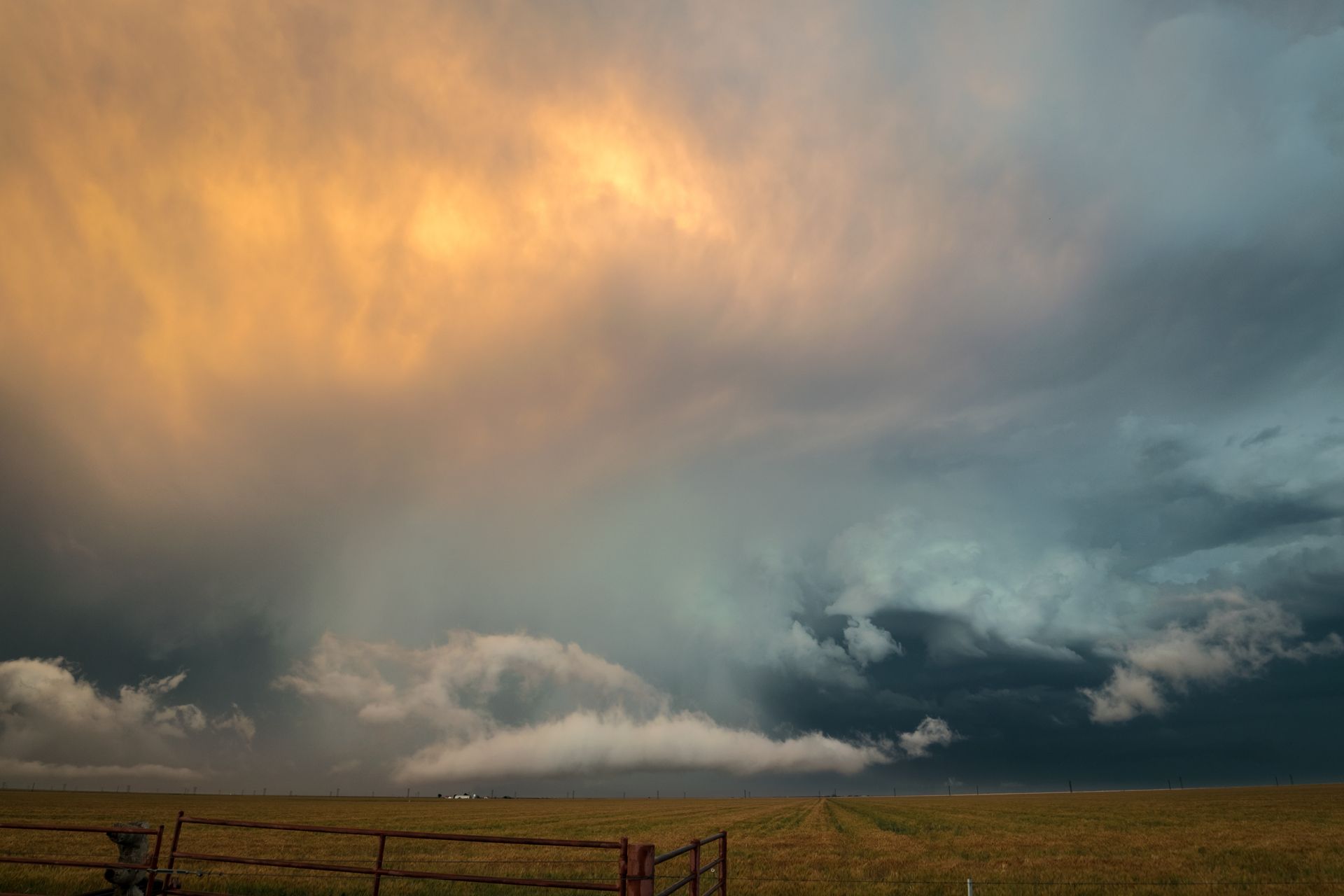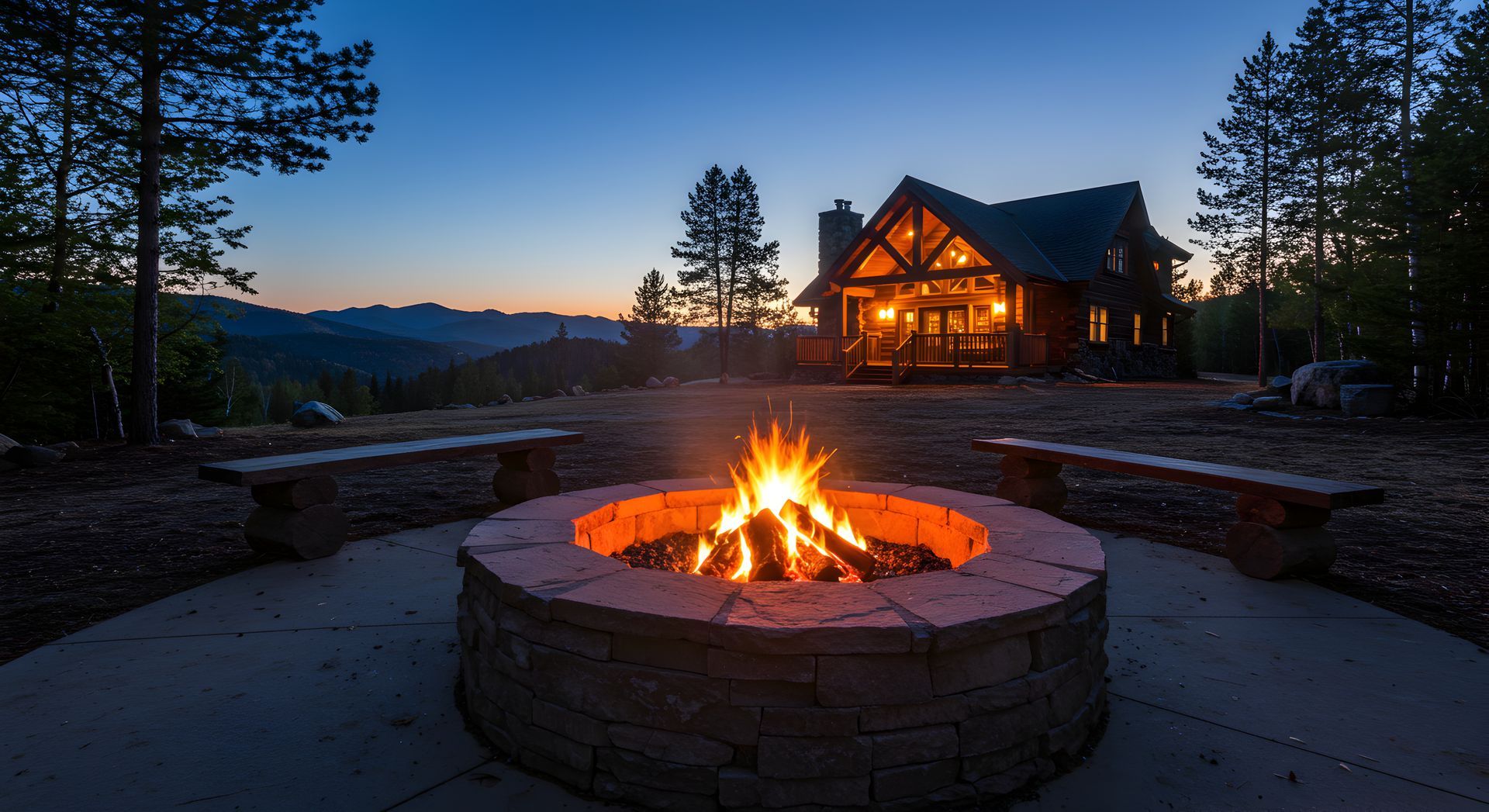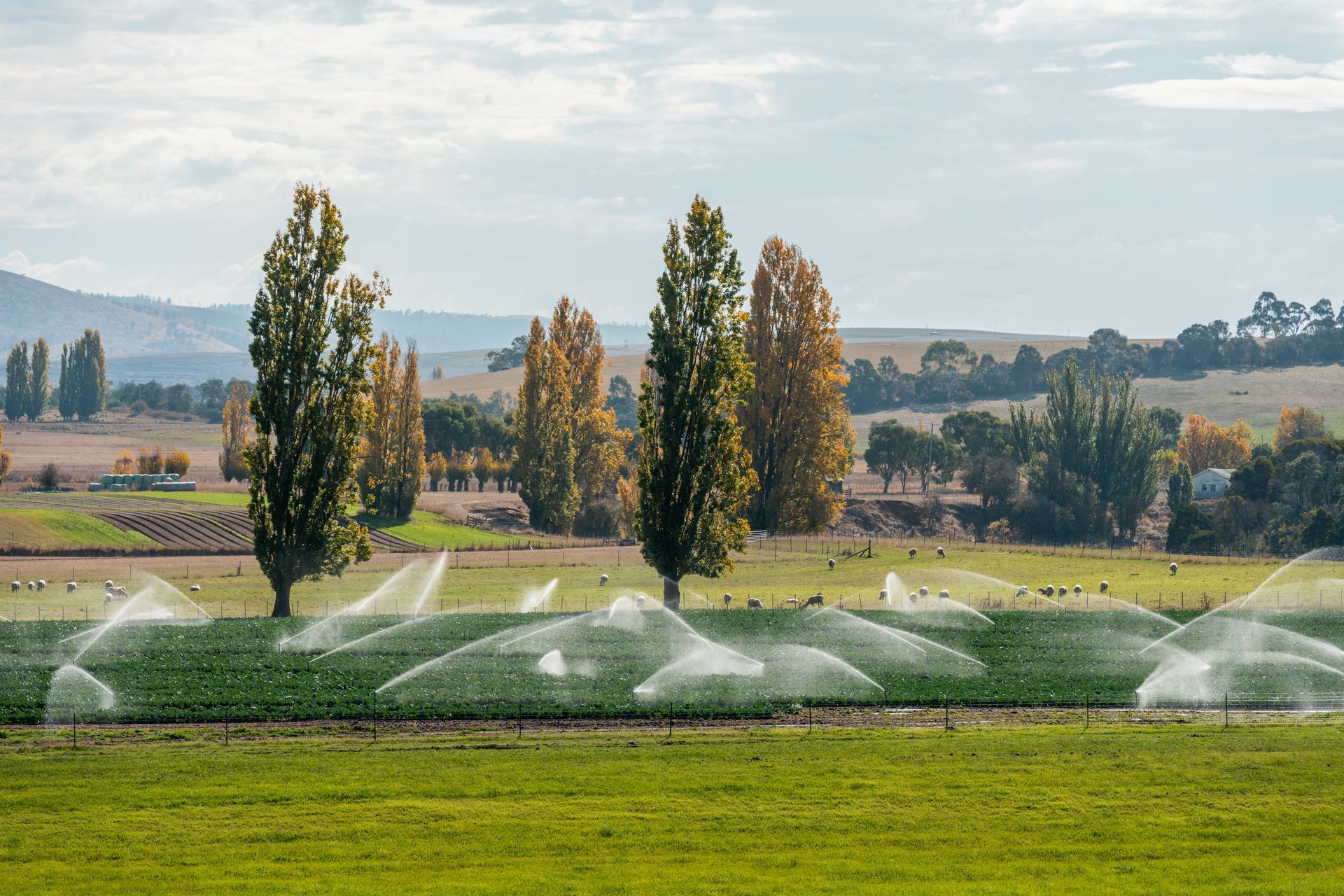What Are the Different Types of Protected Wildlife Areas?
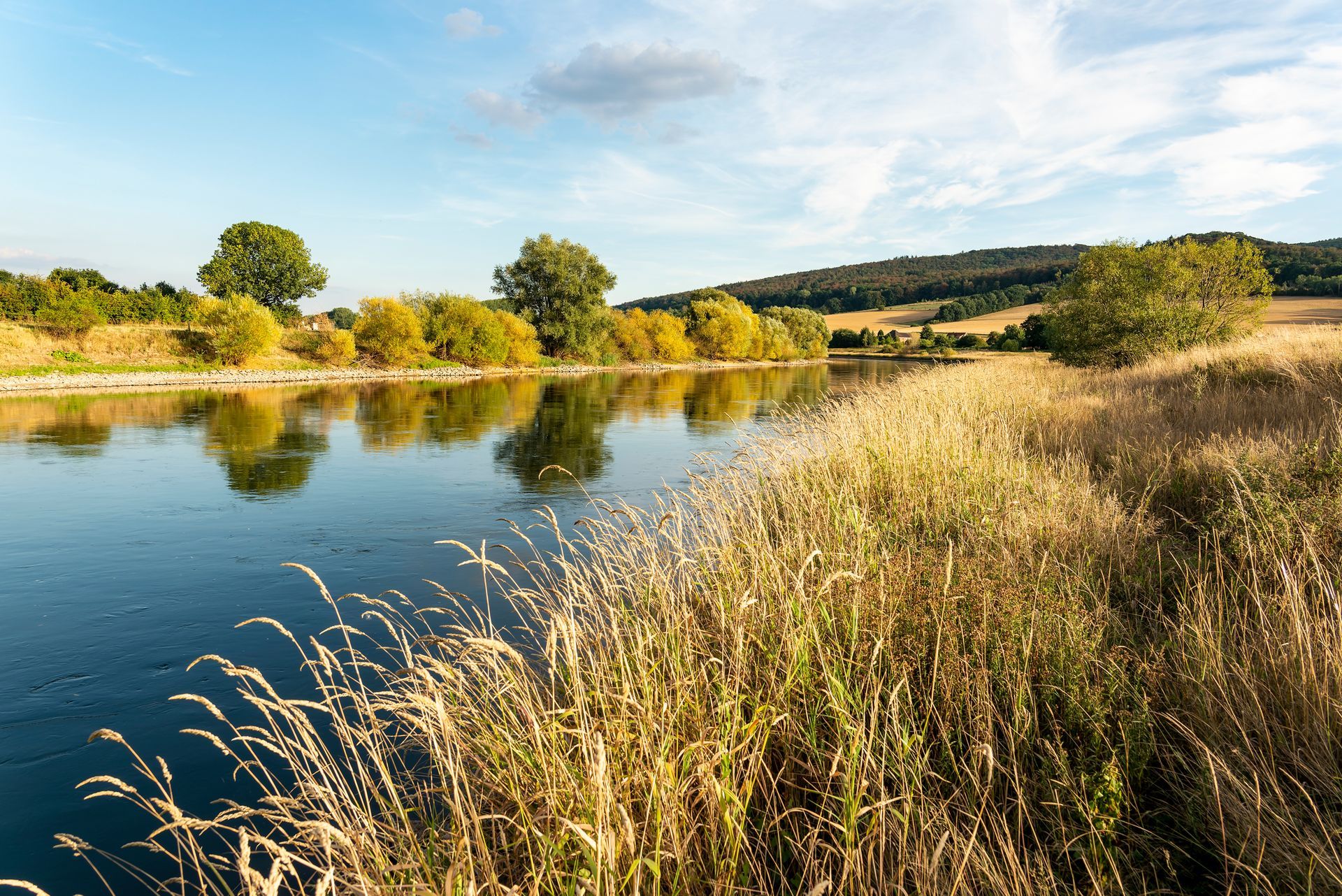
While all wildlife areas aim to help protect and preserve native and sometimes exotic flora and fauna, there are some specific distinctions between them in how they execute that preservation. Each subsect also has its own laws that help ensure that protection, which is critical for a visitor to know so that they don’t get in trouble with the state or federal government or the private property owner.
What Is a Nature Preserve?
A nature preserve (or nature reserve) is a setting where diverse plants, animals, fungi and geological landmarks are conserved. Like a livable museum, a nature preserve offers a home to wildlife undisturbed by building developments or other human features that might threaten their way of life. It provides a protected home for animals, conserves watersheds and gives ecological systems a chance to live and develop organically, all while allowing others to observe nature in its nearly primordial form.
There are multiple different kinds of nature preserves in the U.S. and especially in Texas.
National Parks
A national park is an area containing a large scope of land and water protected by state and federal environmental laws. It preserves the natural environment and reserves a space for public recreation, scientific interest or both. By maintaining the purity of the plants, animals and landscape, national parks hope to conserve the area’s vitality for future generations.
To effectively protect the area, national parks have strict regulations that visitors need to follow or else possibly risk invoking state fines or even imprisonment. Common rules include:
- Don’t litter.
- Don’t feed or approach the wildlife in general. Human food can incite serious health issues for the animals or disrupt their natural hunting and gathering instincts.
- Stay on the trails or risk irreparably damaging the natural landscape. There are usually reserved spaces where you can camp.
- Don’t play loud music, as you could scare the animals and disrupt the enjoyment of other visitors.
- Don’t remove anything from the park (e.g., fossils, rocks, plants, etc.).
Wildlife Refuges
Wildlife refuges (or game refuges) focus on preserving and restoring animals and their habitats through public land and water. Visitors can see wildlife in its most natural form and even interact with it.
Unlike national parks, visitors can usually hunt, fish and trap on the premises, which helps with population management for certain species, such as deer. The area has firm hunting policies so visitors can have a recreation space without hindering the refuge’s preservation efforts. However, while national parks allow camping, most wildlife refuges don’t.
Biosphere Reserve
To learn more about biodiversity, biosphere reserves isolate an area of nature to study the ecosystem's development. They usually focus solely on flora to strengthen the ecosystem that keeps it alive and understand how to solve global environmental issues. They’re closed off to the public so that experts can observe the social dynamics of the ecosystem in its most peaceful state.
Sanctuary
A sanctuary is a space where animals are guaranteed comfort and protection for the rest of their lives; unlike a zoo, it doesn’t allow for the trading of animals. In stark contrast to wildlife refuges, sanctuaries also strictly prohibit any forms of hunting or fishing on their premises. Unlike national parks, they’re not usually open to the public or paid visits since they tend to house endangered species that require extra protection.
National Monument
National monuments exist to preserve natural, cultural or historical landmarks. They can also protect native wildlife, but their primary focus is maintaining the features that define a country’s identity. Depending on the country, national monuments are either privately or publicly held. In the U.S., they’re owned by the federal government, but the public can access these areas.
While there are many different forms of nature reserves, they all share one common goal: to preserve the beauty of nature for our sake and the environment’s. Whether you’re hiking, camping, hunting or birdwatching, take advantage of all the beauty the outdoor world has to offer at one of Texas’ many designated and protected wildlife areas.
Ranger Ridge Offers Members Exclusive Access to a Gorgeous Texas Landscape
Live closer to nature with an estate at Ranger Ridge. Located close to Fort Worth and the historic Ranger Hill, Ranger Ridge boasts 2,600 acres of wildlife reserve perfect for any sportsman. You and your family can live within the Texas countryside and enjoy an outdoor lifestyle while still having access to country club amenities, a tight community of neighbors and proximity to a city. Contact us today to learn more about Ranger Ridge, book a tour or reserve a homesite.

